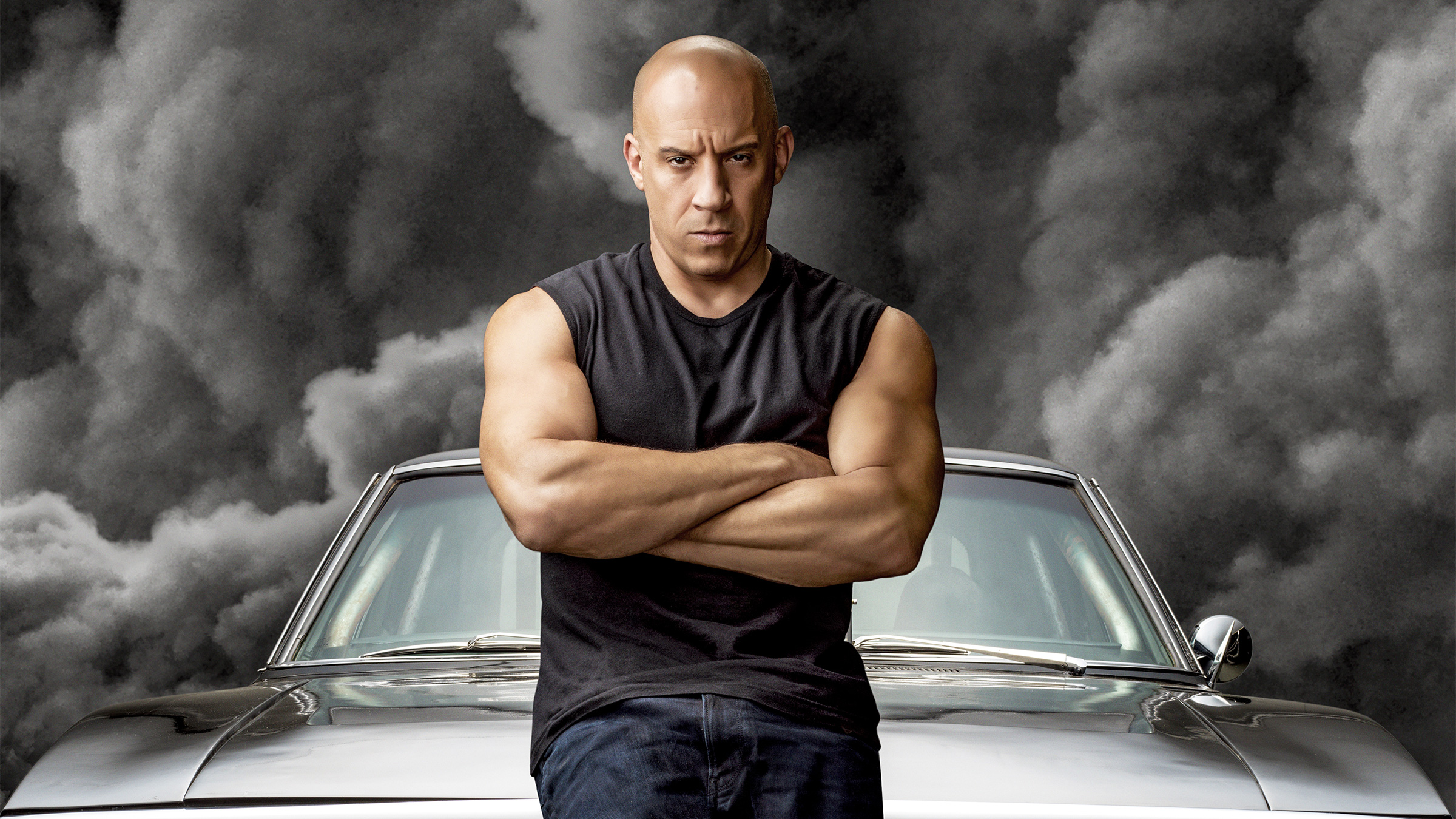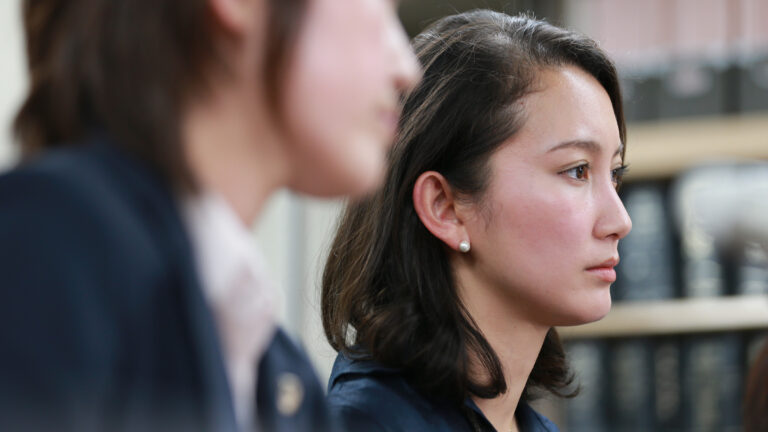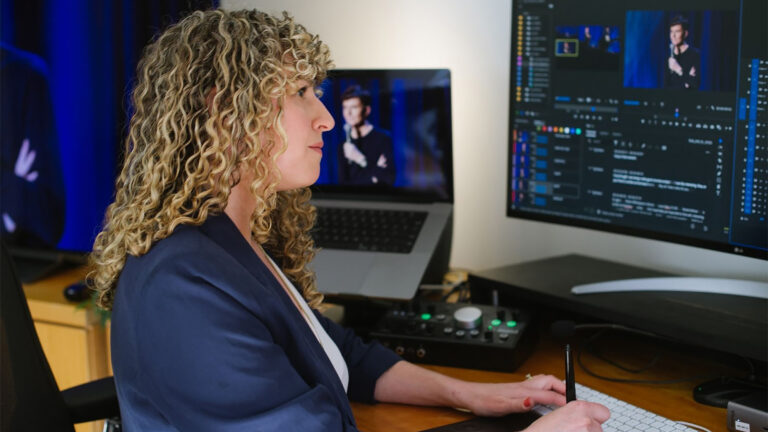Today, we’re talking with two of the editors behind F9: The Fast Saga, the latest installment of the $6B Fast & Furious franchise. Is this the final story in the record-setting series? You’ll know by the end of the interview!
Joining me are “Furious” regulars Dylan Highsmith and Greg D’Auria. Sadly, missing from the conversation is Kelly Matsumoto, ACE, who was unavailable for this interview.
Dylan has edited a couple of billion dollars’ worth of movies including, Pacific Rim: Uprising, Star Trek Beyond, and Fast & Furious 6 and 7. He’s also cut for TV series including Magnum, PI and SWAT.
Greg’s credits include Star Trek Beyond, Fast and Furious 6 and his work with S. Craig Zahler on Bone Tomahawk, Brawl in Cell Block 99 and Dragged Across Concrete. Going back a ways, he has assistant editor credits on some epic projects like Kill Bill, Django Unchained and Battlestar Galactica.
Listen while you read…
HULLFISH: This has been a long-term project for both of you. Dylan, you started out as a VFX editor on this franchise.
HIGHSMITH: I started on Fast Five as a VFX editor and then came on as a film editor on Fast & Furious 6. I stayed on for Furious 7, then I helped out three or four times on Fate of the Furious as an additional editor.
HULLFISH: What do you feel you did as a VFX editor on that first film that got you hired as an editor on the next one?
HIGHSMITH: This will probably come up several times in this interview because it’s very tied to the Fast and Furious films, but the franchise is about family. It doesn’t shy away from being about that. There’s so much to being an editor that’s about trust, especially for the director to trust in the people who have the movie in their hands.
A lot of that came from just being with the crew. Getting the experience to cut, even as a visual effects editor, gives you some amount of trust.
There’s so much to being an editor that’s about trust, especially for the director to trust in the people who have the movie in their hands.
D’AURIA: Justin (Lin) is an incredibly loyal guy. If you earn his trust, then that can lead to really good things. At the end of Fast Five, Justin brought me into his office because a friend of his was doing an ultra-low-budget film and needed help on it. Justin asked me if I’d be willing to help him do the recut on that.
After that experience, Justin saw that I had some capability in the cutting room. I think that led to the opportunity to work on Fast & Furious 6.
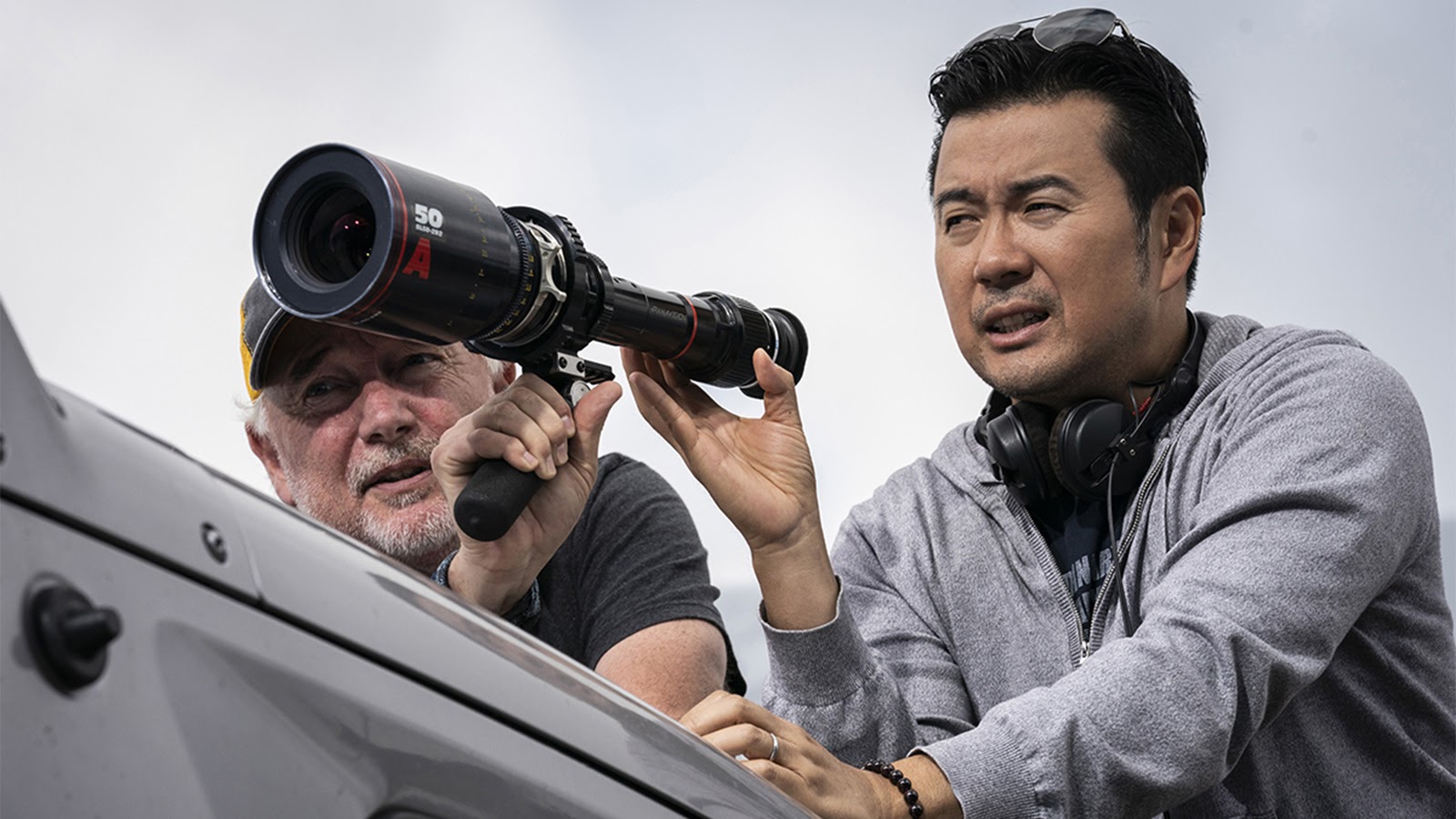
HULLFISH: It’s really interesting how important it is for the movies’ success to be centered in caring about the characters. Can you talk to me about how you guys either protected those moments or built them in editorial so that you cared about those characters throughout the movie?
D’AURIA: Steve, I’m so happy that you pointed that out, because the physics-defying stunts and the fantastic visual effects work that’s done on these pictures are obviously part of what makes the big screen experience so great. But in the end, it’s the work that is being done with these characters that really grounds people and makes them want to go back and see more.
HIGHSMITH: That’s always where Justin starts with any of this.
Even down to when we’re playing with Matchbox cars during pre-production and designing out the action sequences. It can get overlooked at times, but he won’t approach any beat in the entire film if it doesn’t come from character. Even when we’re talking about the action sequences, which is what a lot of people come to these movies to see.
Every crazy set piece—even just an action beat of a car doing a crazy physics-defying leap to catch another character in the air or something—Justin won’t put that in the movie if it doesn’t have character motivations.
We’ve talked about the cars being the avatars for the characters. When the car guys are designing the cars, they’re always supposed to reflect the characters driving and their mental state at that point in the movie. Justin thinks about character arcs, and that continues through the action.
It was important to him in the last runway scene in Fast & Furious 6 that every character arc in the film he had set up would get resolved through action. He wanted it to feel like an action opera. It was something that was always important as we were cutting to say, “What was this character’s arc, and how are the actions and the way they’re approaching the action in this scene reflecting where their arc is at this point in the film versus where they started in the first act?”
D’AURIA: Early on in Fast 9, Justin really wanted to make certain that we track what was going on with Letty. Some of the earlier cutting of the scenes was really working to make certain that we had some sense of where she was at the beginning of the film and why she makes a decision that she makes at a certain point.
That was all by design. There was a lot of time spent among the three of us making certain that we tracked her arc.
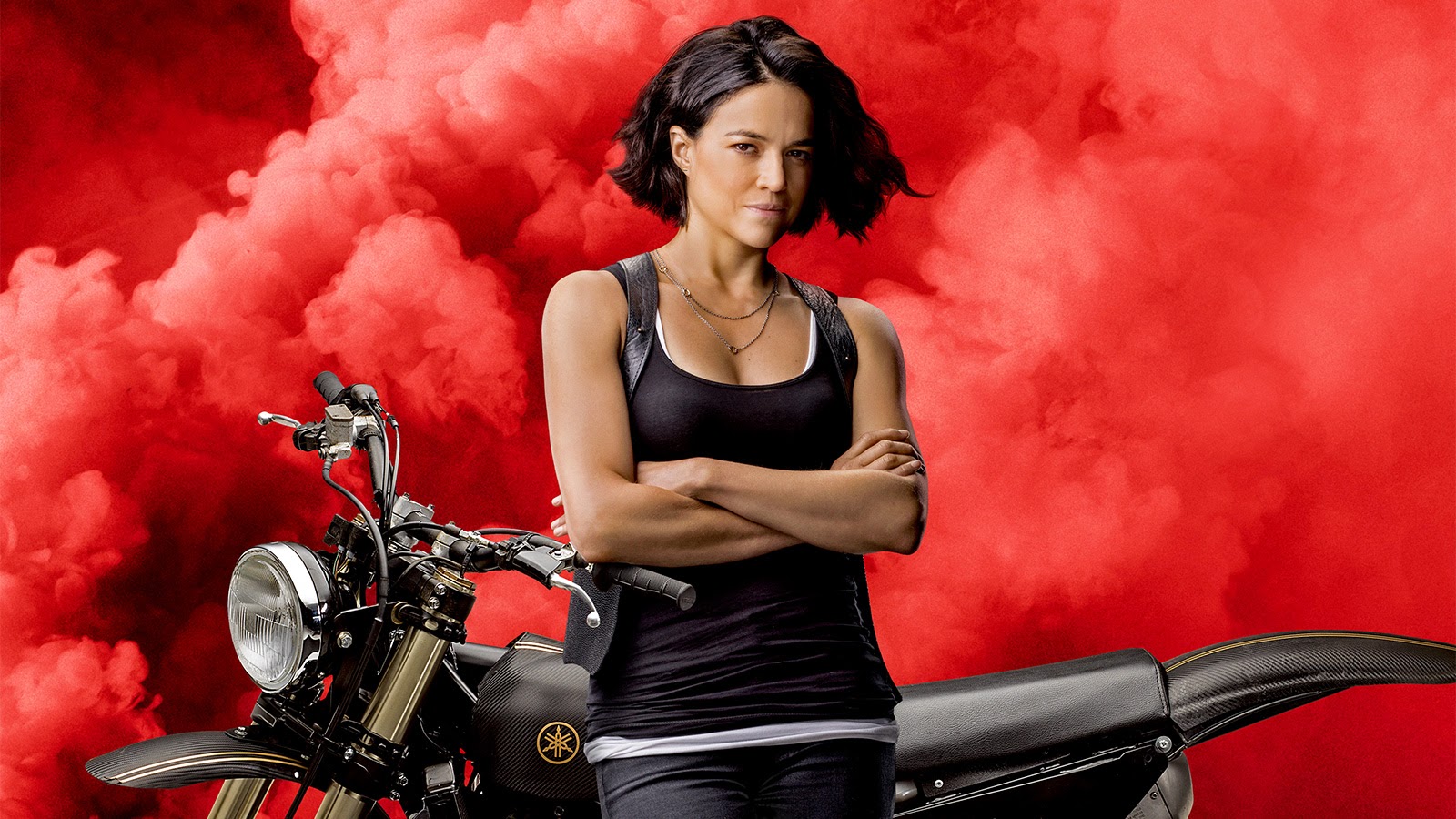
HIGHSMITH: We were split by location at that time. That was probably one of the first major collaborative tasks that Greg, Kelly, and I encountered. We talked a lot back and forth across the pond, making sure everybody was approaching it in the same way in our scenes.
We were looking at each other’s scenes to make sure that it was all tracking. These are huge ensemble casts. Every installment makes it harder and harder to ensure that you’re tracking every single character that has been introduced in the last movie. The cast keeps getting bigger.
D’AURIA: It can even be as simple as adding in one extra shot, which I recall that we did. Early in the film when Dom and Letty are on the farm, there was a look that she gives at a certain moment that we found helped you realize, “There’s something going on with her and where she feels at this point in her life.”

It’s something as simple as finding that shot and making certain that you don’t linger too long on it, because you’ve got the freight train of the narrative to consider. There’s a specific scene with Dom and Mia that we went back and forth on a couple of times before we ultimately decided that it just wasn’t working.
HULLFISH: Then what’s the solution?
D’AURIA: Ultimately, we decided that there was a momentum that was happening at that point in the film that this scene stopped. That would have been the first point in the film where Mia came in.
In the script stage, it was designed so that she could either enter at that moment, or in the finished state where she comes in now. That’s how we were able to resolve it.

HULLFISH: Talk to me about any scenes that had to be intercut.
HIGHSMITH: The biggest one is in the climax. There’s a definitive intercut that was not scripted, that was never planned out. Tyrese’s Roman , who has been going along a bit more of a comedic thread for a lot of the movie, gets very serious in the most dire part of the action and has a speech that really changes the tone of his character. It was something that originally was always planned to just be on him.
There was a lot of shoe-leather action stuff on the ground in Tbilisi, logistically, you had to get Dom from his Charger to meet up with Ramsey and into the massive vehicle we dubbed ‘The Armadillo’. It’s “action-exposition,” if you will. The geography and the logistics of where pieces have to be moved around. We were just fighting and fighting it every time. We kept saying, “We can’t cut this because you need to see where this person is, so you’re not confused where they go, etc.”
The geography and the logistics of where pieces have to be moved around. We were just fighting and fighting it every time.
It got to that point where Roman is giving us a really great speech and we realized that we had all these things happening on the ground which are nice shots and glimpses, but they’re not doing a lot for the characters. We decided we could combine them.
We did this intercut where the speech goes over the action of what the rest of the crew does. He’s talking about the crew at large and their situation, and also a little bit about the franchise and its place within the climate today. It was always powerful on its own, but the second we put those images over it and started showing what everybody else was doing in terms of teamwork for each other, it gave those shots more character moments than they had on their own.
Once we figured that out, we said, “This is how this moment has to go.” Anytime we tried to add more to it or take more out of it, it just didn’t feel true to what he was saying.
It’s always a good instinct to, when you find something good, push it to see if it can get better. It’s a better instinct to know when it is working and you don’t want to break it. That was something we found with that moment in particular.
That’s always a great exercise, because even if you break the film, you do so much good work along the way.

D’AURIA: This brings up something that was pretty unique for this film. Never before were we shut down. We realized in this instance that the break served us well, because it gave us time away from the picture. That distance allowed us to reevaluate and re-strategize how to structure the film.
HIGHSMITH: We had restructured the film right before we shut down for the pandemic. I don’t know if we would’ve had the time to realize that, while there were some really good things in that restructure, there were some things that were probably hurting the film at large. I don’t know if we would have had the perspective back then that we did when we came back.
D’AURIA: We didn’t have a hard release date at that point when we reconvened.
We got back together in August, 2020, and the picture is just now coming out in June, 2021. Whereas, when we shut down, we were going to previews and were almost ready to go into the pre-dub phase. In this picture, we had two different storylines. The narrative is more complicated than your typical Fast movies. So in a strange way, we caught a break because of that.

I think we should build into the post schedule a two-week break. Flush the movie out of your brains for just a small little period of time, then come back and ask, “Are we on the right track?” Certain movies would benefit from something like that. It’s never going to happen, but I really wish all of the people out there would think about it.
HULLFISH: Can you talk to me about what got restructured in the film?
HIGHSMITH: There are two narratives throughout the film. There’s a present-day narrative, and then there’s a narrative that takes place before the first Fast and the Furious movie.
They interweave through the movie. This was the most difficult part of this entire film. If you’ve seen the franchise, you’ll know that it has evolved and changed a lot with each installment from where it started. One of the biggest things that Justin wanted to explore from the beginning was to not shy away from that fact but to embrace it.
It was always a struggle to find where these things tonally fit because the movie attempts to do a lot more than any of the previous ones did.
That makes it a very difficult film to juggle because you have two threads and, while they’re tied by characters and what’s going on in the present versus the past, they do exist in very different tones. It was always a struggle to find where these things tonally fit because the movie attempts to do a lot more than any of the previous ones did in terms of the scope of how much tone it covers. There were a lot of times where we said, “This scene would be great right here in terms of the structure and the flow of the movie, but tonally, it’s such a whiplash from what came before that it’s never going to work.”
You’re always limited in where scenes can go because of exposition or plot. It really does tie your hands together in terms of where things can be put. We tried a lot of different restructures on this.

We have a thread in the past, which is about a younger Dom and his brother, Jacob, who grows up to be John Cena’s character. Then, we have a thread in the present day. There was a flashback to young Dom and Jacob that we were looking at putting later in the film, right after present-day Dom and Jacob come head to head for the first time in years. There was a lot that cerebrally made sense about it.
Once we did it and interrupted the momentum of where the present day was, we quickly realized, “This scene was humming and flowing in the present day, and we don’t have time to take you out of that momentum. We built a lot of really good momentum, and we don’t want to jump back into the past.”
HULLFISH: What were some of the solutions to those tonal shifts when transitions happened from the past to the present, or vice versa?
D’AURIA: We were always wrestling with the second act. There are a lot of different places that you have to go. When we would structure it, we would get a sense pretty quickly as to whether or not a tonal shift worked, or if we needed to find a different place for it.
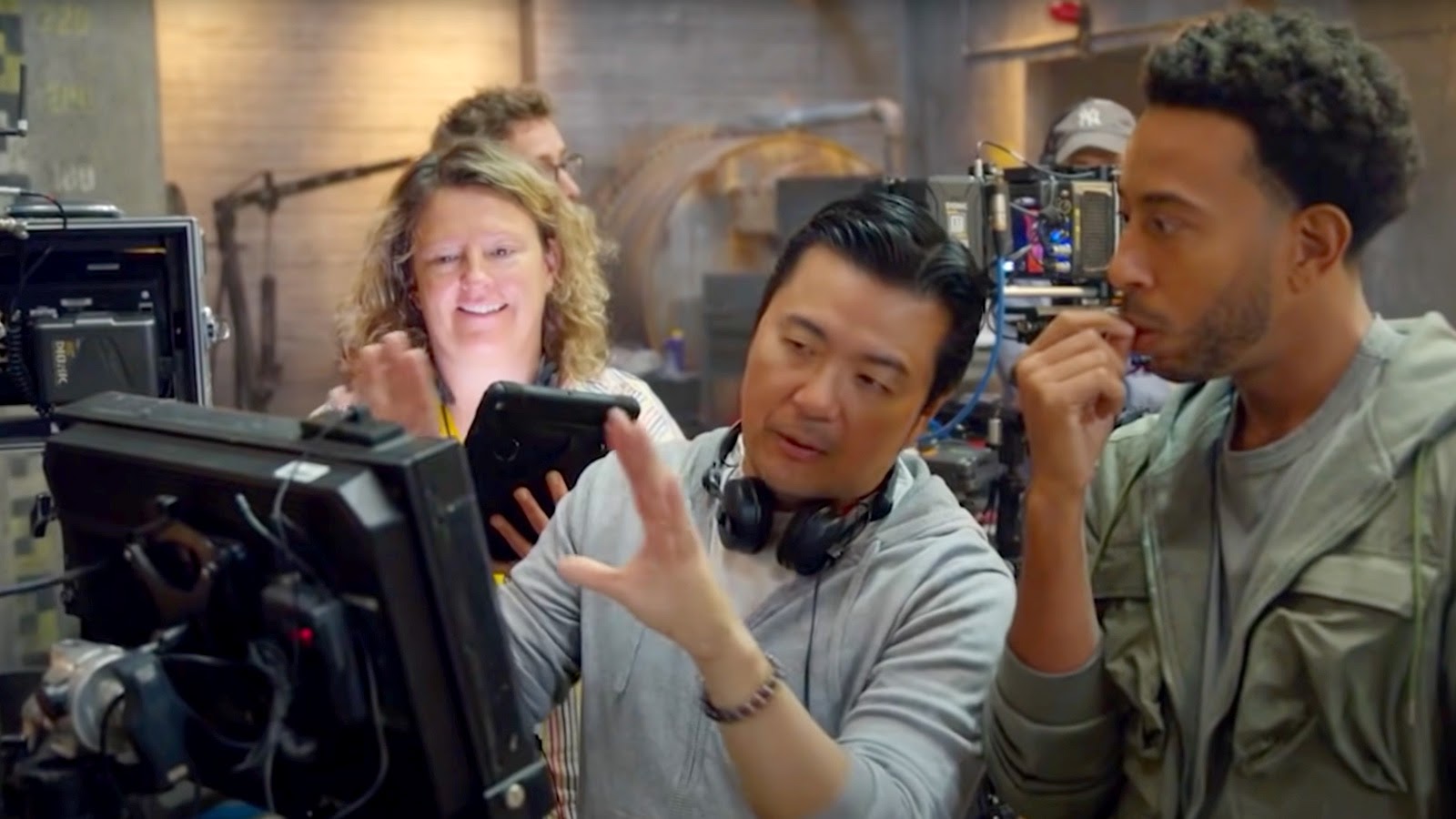
HIGHSMITH: Justin had designed a lot of transitions for how to get from one time period to the other while they were shooting.
That’s another difficulty with having modular narrative threads in a film. If you move something around that has a very designed transition for where it was in the script, then now it doesn’t necessarily work as shot in that position.
Not only are you breaking a flow of the movie as you had conceived it, but you’re sometimes also breaking these really nice, designed transitions like going into a character’s eyes in the past and then coming out of their eyes in the present.
Those are things you have to wrestle with. You say, “I know when we watched this movie as a whole, this scene works better earlier, but I love that transition.” We had to lose some transitions.
There’s one transition we loved so much that, on one of the pickup days, we found time to reshoot it.
It went the same way, from a close-up of an eye to another close-up of an eye, just from a different scene to a different scene. Both with the same character. There was no way that the scene was going to work where it was in the script because it was just in the wrong place.
We couldn’t give up on how much we liked what those shots did. We had to at least save some semblance of that. Good scene transitions, especially from very disparate things, can smooth tonal shifts.
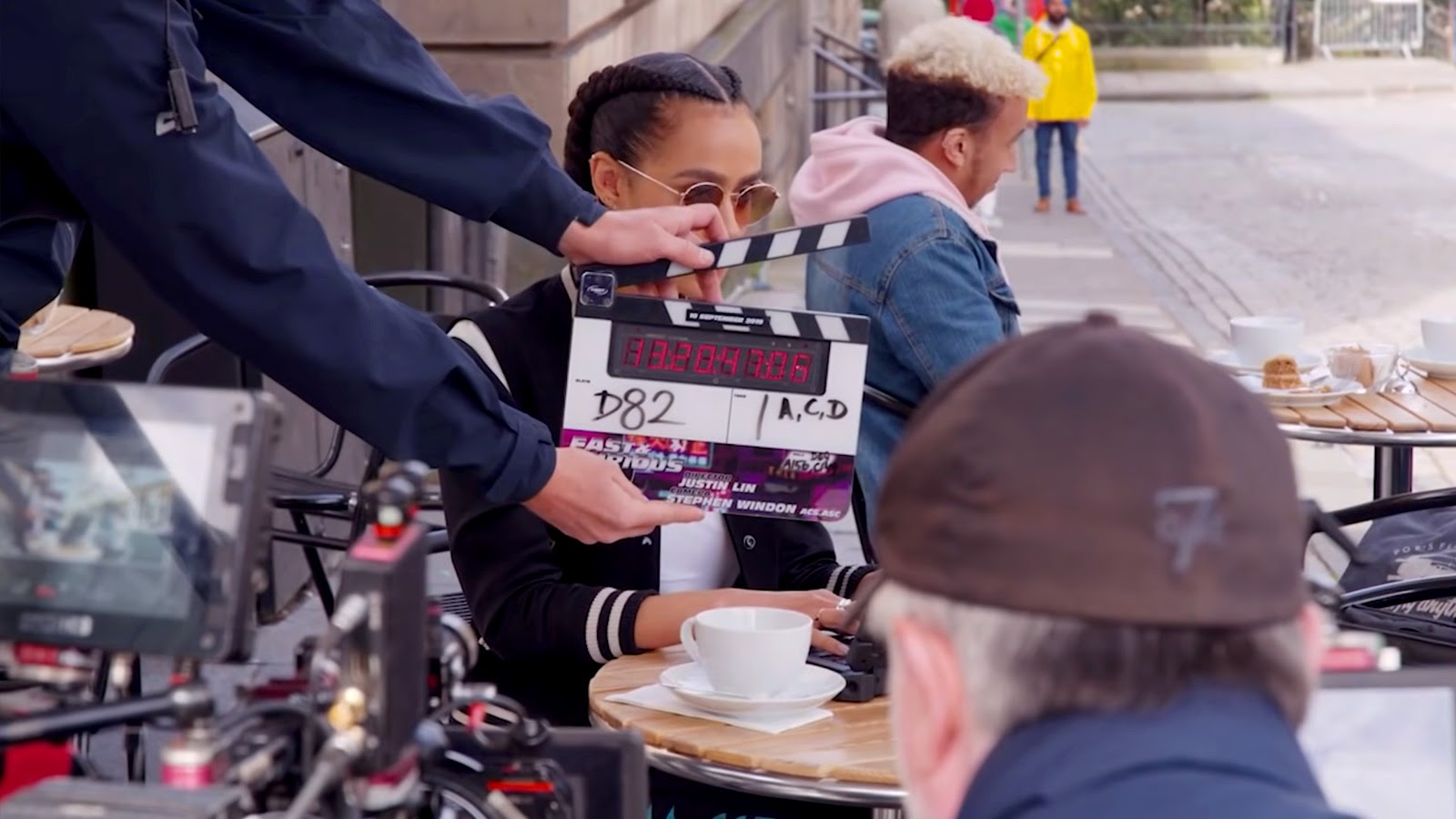
D’AURIA: We discovered that we just needed to check back in those characters at an earlier point in the film. Where it was previously, there was a fabulous visual transition, so we got lucky and were able to recreate that.
HULLFISH: When you’re playing back some of those scenes to decide whether or not they work, you can’t just roll back 20 seconds. You’ve got to go back to the opening credits and watch it until the end credits.
HIGHSMITH: There were many times where we’d watch something, rolling back even to the reel before to decide if it works. Then, the next time we strung the whole movie together, we realized that it’s so hard to make that judgment without seeing it in the entire flow.
You perceive a movie differently when you’re watching it piecemeal, even if it’s a large chunk versus seeing it from frame one to frame end.
We had this bank vault scene, which was a wonderful scene with two of the more fun characters. It was always a joy to watch, but it was something that we never actually put in because when we first cut the movie, we knew we were going to be long. We knew that this scene, as fun as it was going to be, didn’t really move anything forward.
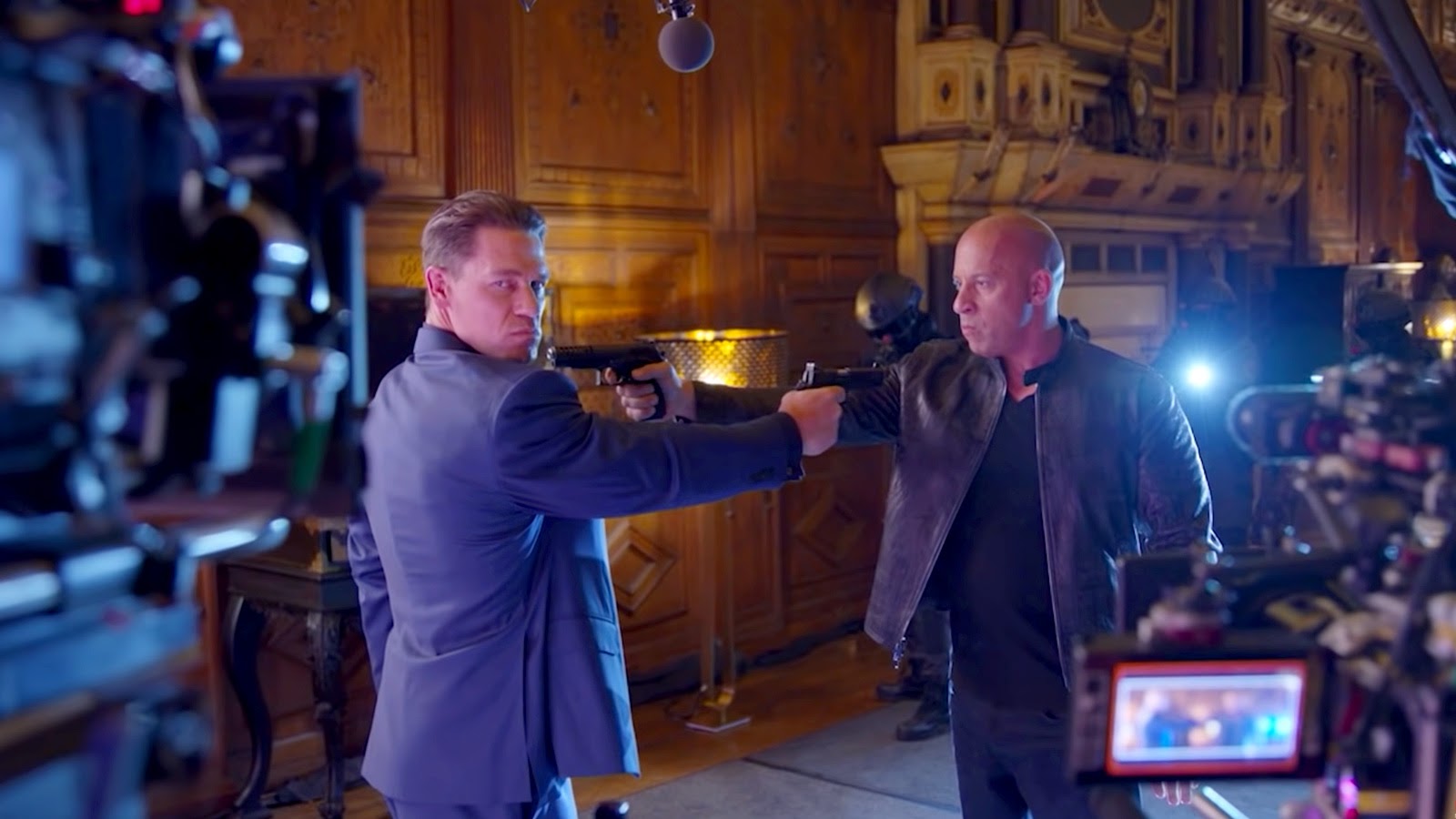
It didn’t cover anything character-wise that we hadn’t already seen. We just came from those same characters in the scene before. It was one of those things that just puts a smile on your face in a couple of places. It has some levity early on before we go to a darker place for a little bit.
We always knew it wasn’t ever going to fit in, so we cut it and put it off to the side in case we needed it. Then, in one of the last weeks of the movie before we locked, we just felt we didn’t give the scene it’s due.
We were looking at the deleted scenes for finishing up the extended cuts and decided the scene will be on the extended cut whenever that comes out. I’m glad it will live somewhere.
HULLFISH: What was the value of having multiple people online watching the movie?
HIGHSMITH: Part of the value is that we were trying to recreate how we normally collaborate with each other in person. We spent a lot of time on Evercast during the pandemic. Normally, it’s something that we would have all gotten in a room and watched together.

You watch a movie differently when you’re seeing it with other people. Even if it’s other people who’ve seen the movie a thousand times just like you. I don’t think there was even a question of us all watching it on our own. We knew that this is what we do in person, so we’re going to do this virtually. We were surprised at how well Evercast works to recreate the sense of all of us being in the same room, seeing the same thing at the same time and reacting to it at the same time.
D’AURIA: We had three separate Evercast sessions before the pandemic. We had gotten very used to communicating through it. The very first Evercast session that we did went remarkably well, both technically and from a creative standpoint. It ended and the three of us called to have a joint post-mortem. We said, “Did that just go as well as we think it did?”
You watch a movie differently when you’re seeing it with other people. Even if it’s other people who’ve seen the movie a thousand times just like you.
When it came down to having to use that as our primary cutting room, we had already established a pretty good rhythm and groove among the three of us.
HULLFISH: Can you break down for me when the movie was shot, when things happened, where people were? How did this movie get put together?
HIGHSMITH: I was on this movie for three and a half years. I wasn’t on it constantly for the first year, but I was on this movie in some capacity for three and a half years from the first day I met with Justin and a couple of producers and writers.
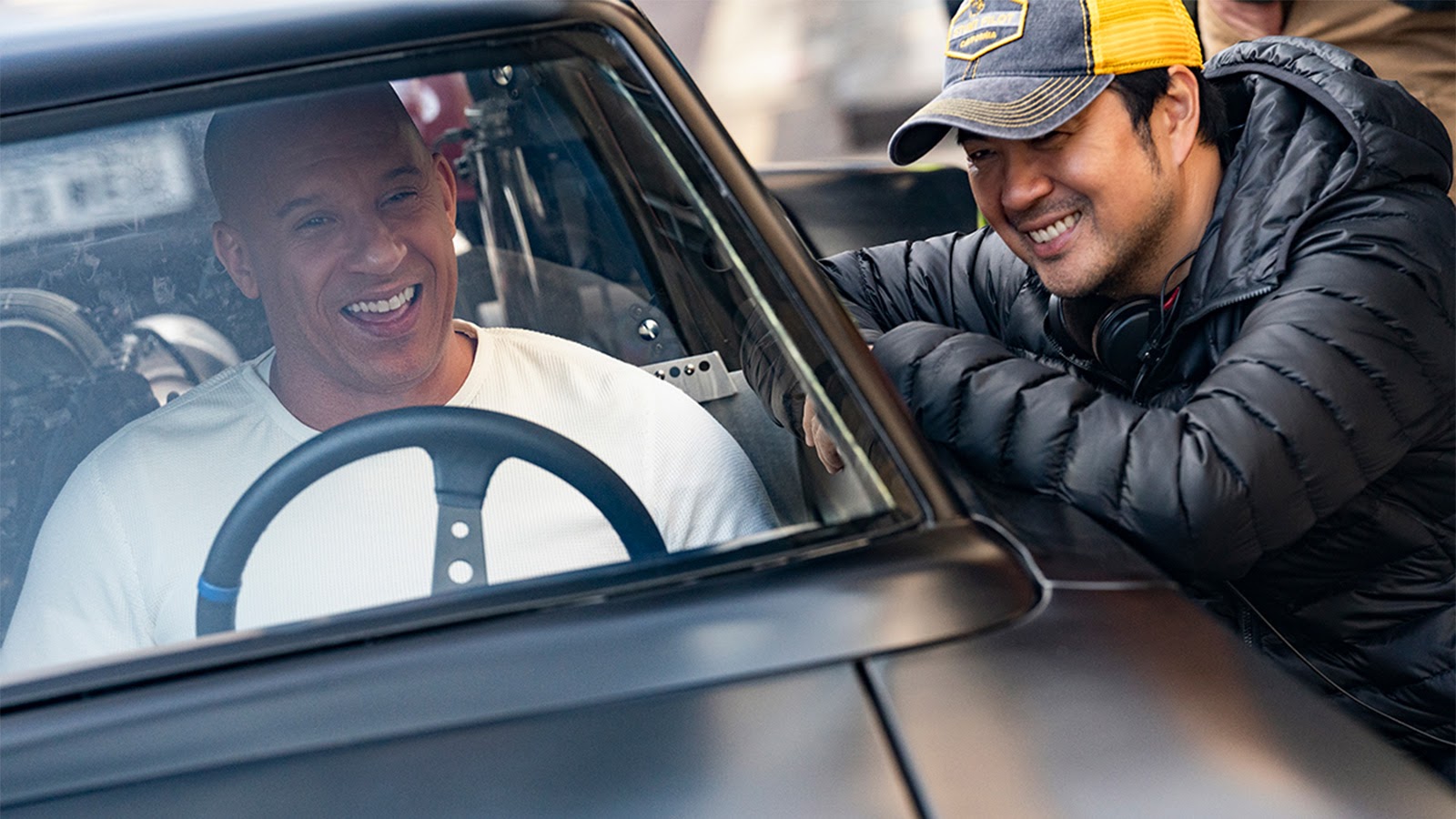
It was a long run over a couple continents. I started early, even before previs when we were in the outline stage on the script, outlining action beats. Then Greg and Kelly came on in L.A. right when the shooting started.
Most of the main unit shot in did I say L.A.? I meant London!. They shot for a week up in Edinburgh. Second unit shot in Thailand and in Tbilisi, Georgia. They also shot some back in LA.
I feel like I’m missing countries. At one point, we had seven separate units going at the same time. One day we got seven different units worth of dailies.
D’AURIA: We need to pause for a moment here and give a huge shout out to our crew, because they navigated all of that seamlessly with great humor and great work ethic, and they made it easy for us to deal with this deluge of material coming from all over the place.

HIGHSMITH: Our crew wrangled footage from seven separate units to two main cutting rooms, and sometimes a cutting room in Thailand or Tbilisi. I always maintained my main cutting room in London, and I always maintained a separate remote cutting room wherever they were shooting. Sometimes I maintained an even smaller remote cutting room, which was just my laptop.
If I needed to run out the door with a giant RAID that was a mirror of our project to go cut on location somewhere that we weren’t planning on, my first assistant Dillon up in London had to make sure that was ready at the same time.
Laura, Jeff, and our assistants back in L.A. had to make sure that Greg and Kelly had the same material that I did, and vice versa. The sheer amount of juggling responsibilities on top of the amount of material that was coming in from everywhere was difficult, but the crew never missed a beat.
D’AURIA: Again, a big thank you to Laura Yanovich, L. Dillon Thomas, to Jeffrey Steinkamp and Delaney Del Vecchio. Dom Evans was over in London during production. Mike Azevedo joined us when we went virtual. We had four great VFX editors, Corbin Mehl, Steve Ngo, Meghan Noble, and JP Husky. This circles back to what we were talking about regarding family, because—I have to tell you, Steve— we have a WhatsApp thread, and we still chime in. I’ve never experienced that before.
It’s a joy. They make it incredibly easy for us to do what we do because of what they do.

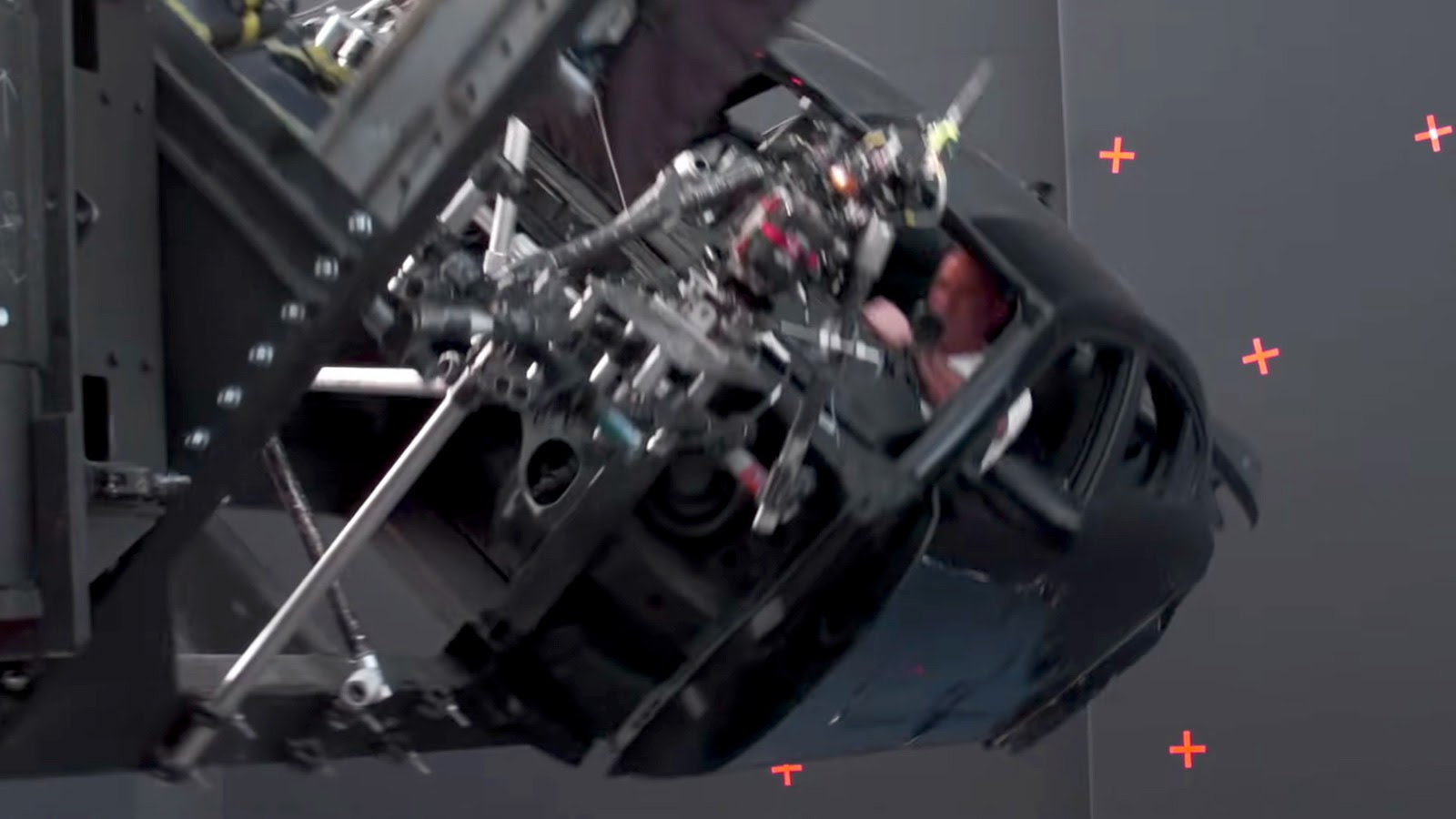
HULLFISH: When you’ve got these wild stunts, how do you approach a blank timeline in a massive action scene?
HIGHSMITH: A lot of it starts with previs as the script. Usually on a big action sequence, you at least have the basis of the previs cut that has been developed for months during prep that serves as a placeholder until you start populating everything out.
I watch dailies every day of whatever second unit shot when I’m pulling for the stunt side of things, and I pull selects out. I think Kelly does the same thing because we’ll share each other’s selects bins.
I’ll usually go through and then start cutting into the previs sequence to at least give some sense of spatial orientation within these massive scenes.
D’AURIA: When we get footage, there’s always some sort of reference to the previs shot. You can tell when those dailies come in, “This is being shot for this particular beat within the previs.” It helps you with organizing and wrapping your brain around it.
HIGHSMITH: Justin also uses previs differently than a lot of other directors that I’ve worked with. It changes how you think of it in pre-production and how you think of it in the cut.
The previs for him is pretty much a bible to the other units. He says, “This is the script. This is what I want.” He’ll lay everything out in every shot of previs, down to what lens they’re going to use, how far away they’re going to be, what the camera move is. He’ll sit and talk with Spiro Razatos, who has done a lot of these films and is just amazing as far as second-unit directors go.
They’ll always sit down and break down the previs, just as you would break down a script before shooting. Justin’s edict is: the previs is the shots they have to get, but always make sure to schedule more time so they can get extra stuff along the way. The previs is the bare minimum, but anything else is great.
The previs is always a great starting tool. Everybody gets a big thumbnail printout of the whole sequence. Alex, our previs supervisor who also shot some units on this, will sometimes run the previs on a monitor. Spiro and his team will have Matchbox cars, and they’ll plan out where they think they can put the camera crew. They’ll go over if there’s a concern like, “There’s no way you can get this camera car going that speed around for this move.” That shot will get kicked back to previs, who will adjust it, and then it’ll get kicked back to me.
We’ll look at the new shot and say, “It’s not that fast, It’s not as good, we might need to re-envision how we’re cutting together that scene or re-envision some new shots.” The process of cutting these action scenes starts months before there’s even a pixel of previs. It continues all the way through post-production, and it never stops until you deliver the movie.
HULLFISH: Talk to me about altering from the previs to something new?
HIGHSMITH: Justin is pretty hands-on through this conversation all the way through.
When I’m on location in London, I’ll be showing him cuts every night. Usually, the second unit shoots before the first unit in terms of the major action pieces. They’re establishing everything continuity-wise, then the main unit will shoot with the principal cast after that. A lot of times when we find those exciting things that Spiro got on a day that we weren’t planning on, Justin needs to see that as soon as possible.
There are so many times where we will change how we’re going to structure the rest of the scene, how Justin’s going to shoot something on main unit, and how we’re going to cut the rest of the scene. If you can organize shooting it in that order, and if you can keep that dialogue going between all these different units, then it runs smoothly.
Kelly might find something on the action sequence In L.A. that isn’t necessarily what Justin’s previs shows, but she says, “We need to set up a time where I can show this to Justin because he’s going to be shooting it next week, and he might want to react to this.” Every department needs to have a plan, and then be ready to change that plan at a moment’s notice as we’re going through the shoot.
There were a few times where we would be planning on second-unit shooting a move that we would then track and turn over to visual effects. Then the main unit would run a MoCo rig with the actors in that car in the same lighting, and then match that move based off of something that second unit caught.
The better all of us can be talking to each other at the same time, and each department can talk to each other at the same time during shooting, the further along we can get.
D’AURIA: I’ll always remember: there was a review of Star Trek Beyond—one of the few that actually mentioned the editors—and the quote was something along the lines of, “Usually when a film has four editors, it means it’s in trouble. For Star Trek, it’s remarkably seamless.”
That is a testament to how Justin is hands-on with everything. The reason these films work so well from an editorial standpoint is that Justin is so hands-on throughout the entire process.
HULLFISH: Since you brought up the fact that there were three editors, how did you all collaborate?
HIGHSMITH: Usually, the big action set pieces will come from Justin. He decides who gets what in terms of those. There are a few that we swapped around because one needed more work or there was too much on somebody’s plate and someone else had less on theirs.
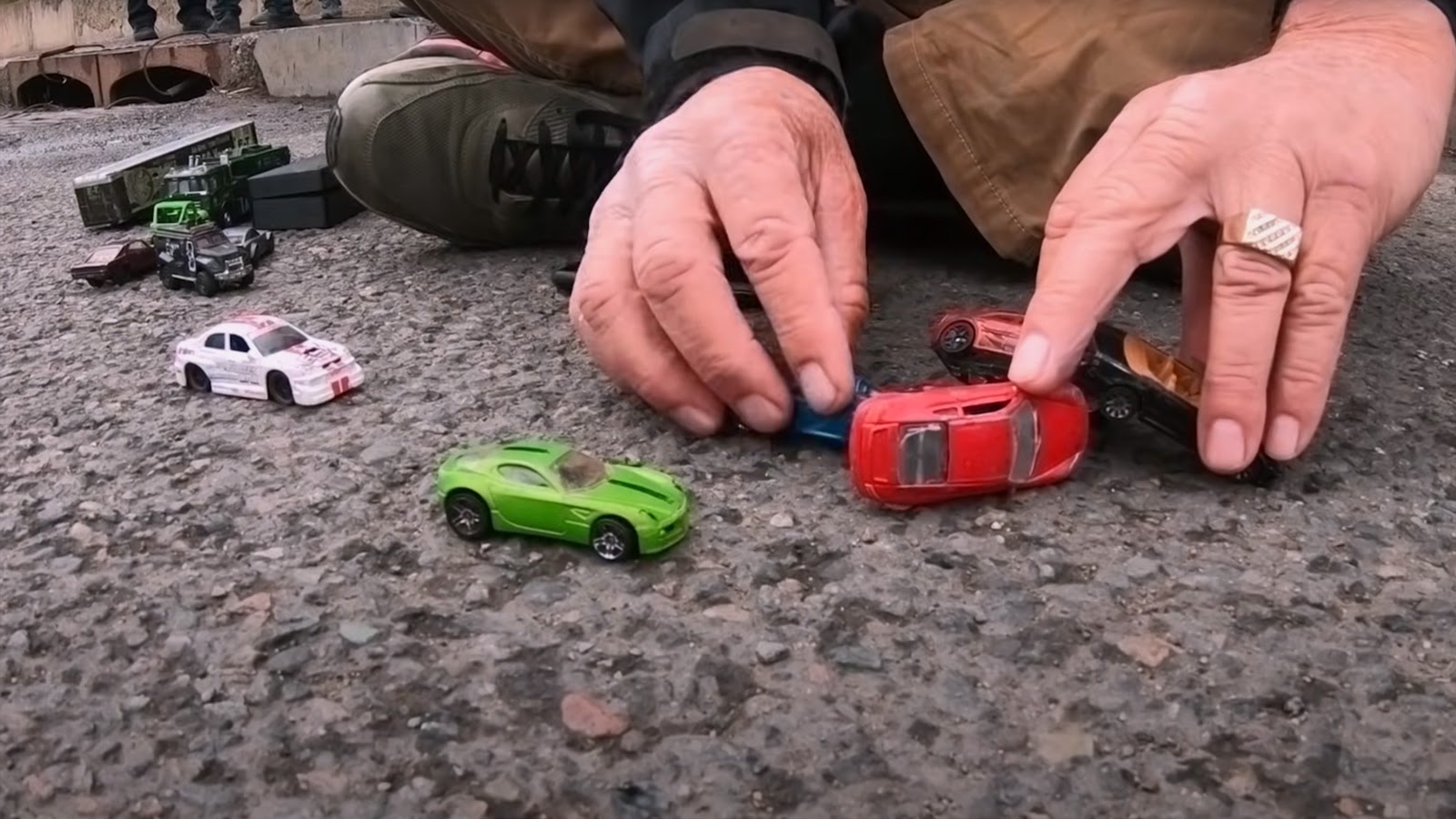
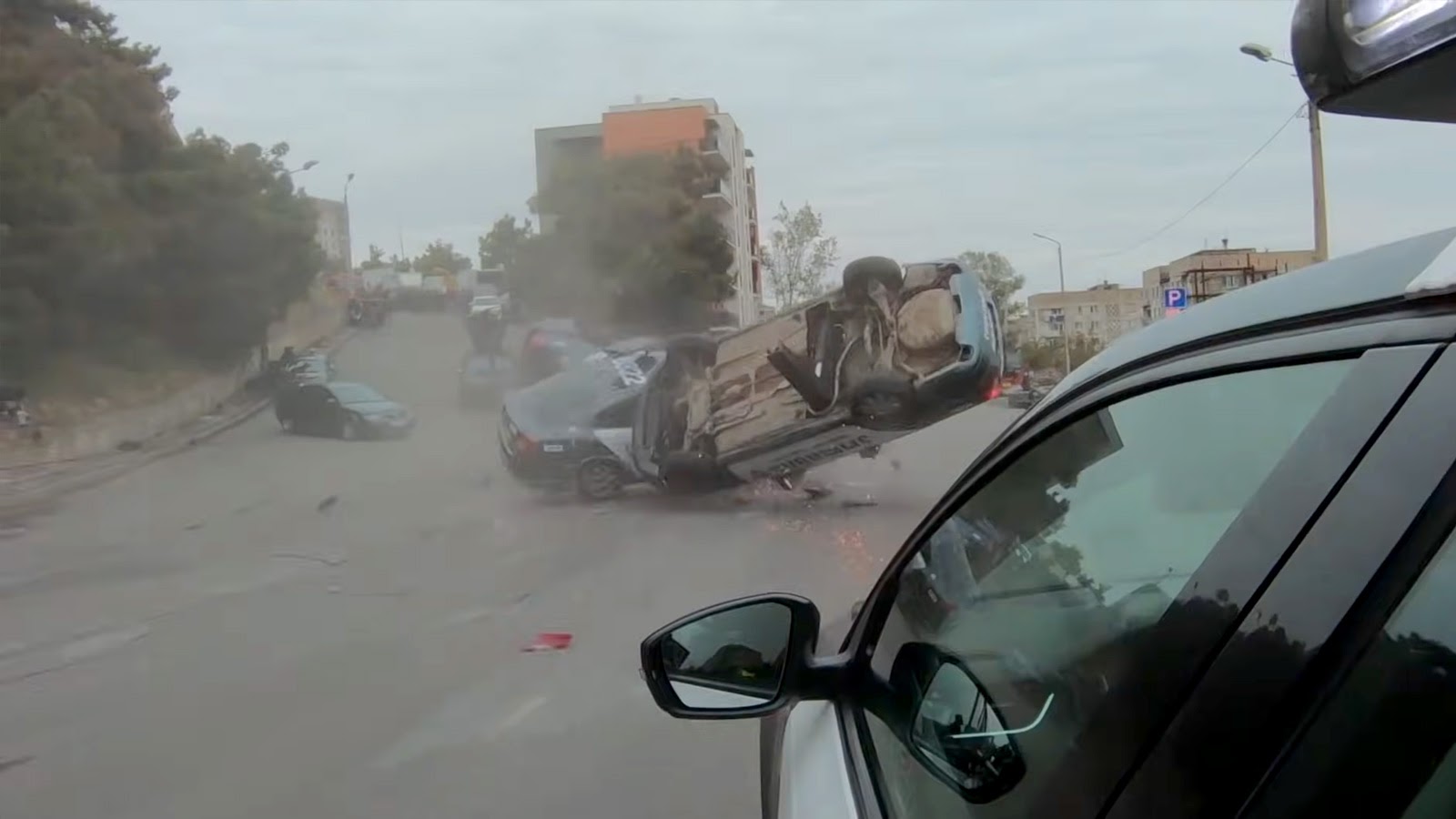
It made more sense to shuffle, but usually, we’ll each have our own big action sequence or big visual effects sequence. As we get down into visual effects in post, there’s a point person for them to go and to talk to in editorial. They know that the first act is Kelly’s sequence, the third act is Dylan’s sequence.
Every night, we would talk on the phone and not just go over what we cut that day, but we would also go over what was going to come up tomorrow, who was working on what, and what would make sense if somebody was slammed working on something.
“Kelly’s still slammed working on that scene, so I think it’s going to make sense for Greg to hop on what the main unit is going to shoot. I’m going to be busy on set cutting something, so Kelly, maybe you take the second act footage that’s coming in.”
I don’t think there was an hour that went by that one of us wasn’t talking to either of the other two through the two years we were all on together.
We just made sure that we were always in contact every day, as much as possible. I don’t think there was an hour that went by that one of us wasn’t talking to either of the other two through the two years we were all on together.
D’AURIA: We really worked well together. I would go into Kelly’s room to watch and give notes, or she’d come into my room to watch and give notes. Once we felt like the cut felt good, we would send it to London, and Dylan would give notes. Then, we would work on those notes. From the very beginning, we were all reacting, responding and giving notes.
Before we had to screen the director’s cut for the studio, there were two or three days where the three of us sat in Dylan’s room and watched from the beginning of the movie all the way through the end.
We dissected each individual scene and finessed them to a degree that I had never seen prior to showing the film to the studio. There was just such a great collaborative spirit that started from the beginning and continued all the way.
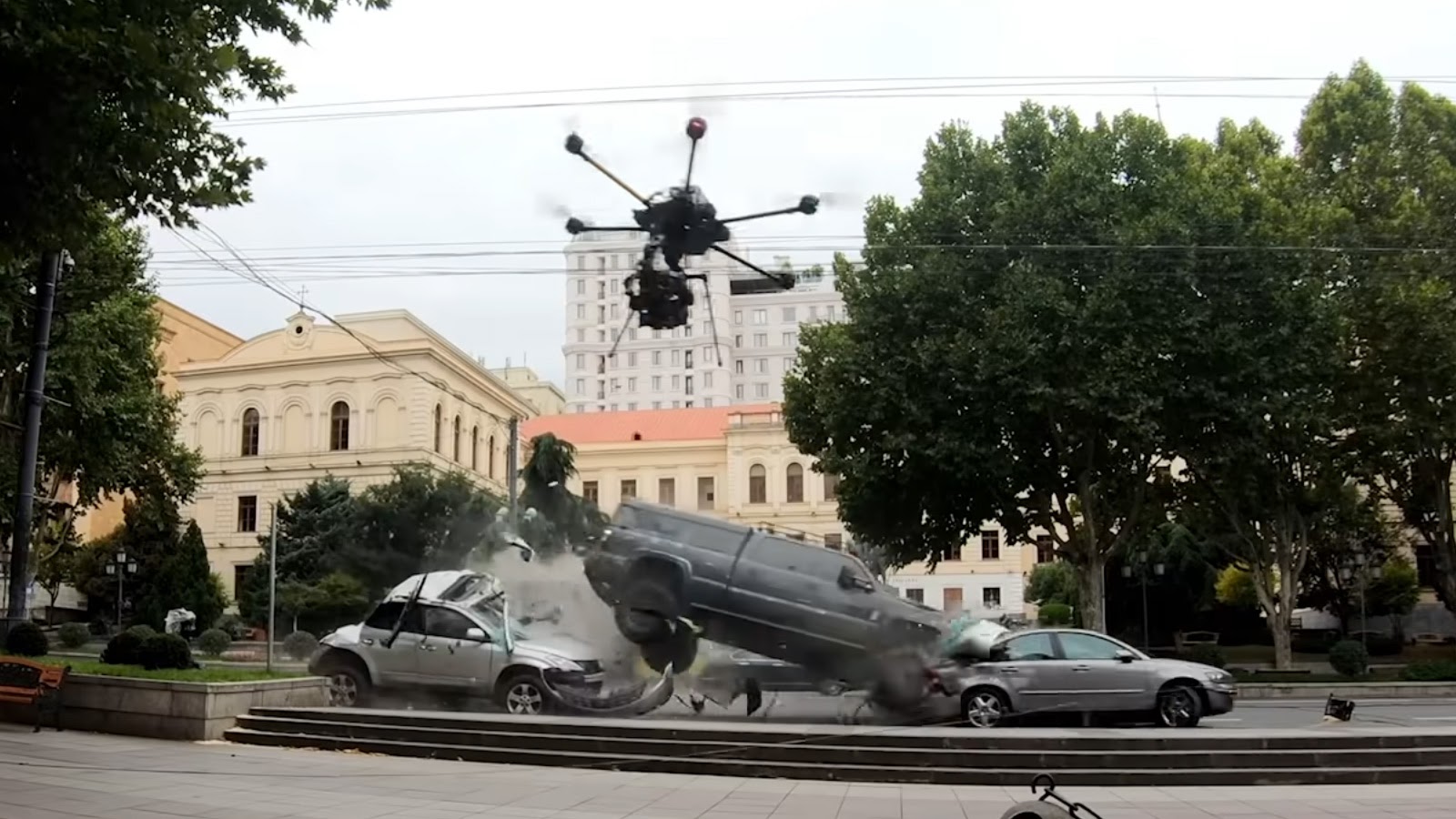
HIGHSMITH: We did that constantly throughout the process, usually with Justin as well. Sometimes Justin would invite some other people over, sometimes we’d invite the crew in. We did a lot of screening without stopping.
For the few screenings that Greg was referring to specifically, just the three of us would sit at the Avid and say, “I can voice into this room something I’ve been thinking about that’s so small, and it’s not necessarily worth bringing up when we’re having these big notes meetings with Justin or other executives. I never say this, but could you try taking two frames off? Do you need that shot?”
Editors look at that. Other people don’t look at that until you get into the fine cut. It was really refreshing.
D’AURIA: It was all minutia. We’re not talking about big picture issues. It was incredibly valuable because I get tunnel vision at a certain point. You live with a scene and you get a little bit rigid in what you think the scene is.
And I felt like that director’s cut screening of the film was in a really elevated state for that point in time. It was because of the collaborative spirit and having those days to really work together.
HULLFISH: Guys, it was great having you on Art of the Cut. There won’t be a Fast and Furious 10, correct?
HIGHSMITH: There’ll be a 10 and 11. They just announced recently that they’re gonna finish it up in two.
HULLFISH: I really want to thank you for the time that you spent and for a really interesting discussion about this movie.
D’AURIA: You’re welcome. Thank you!

